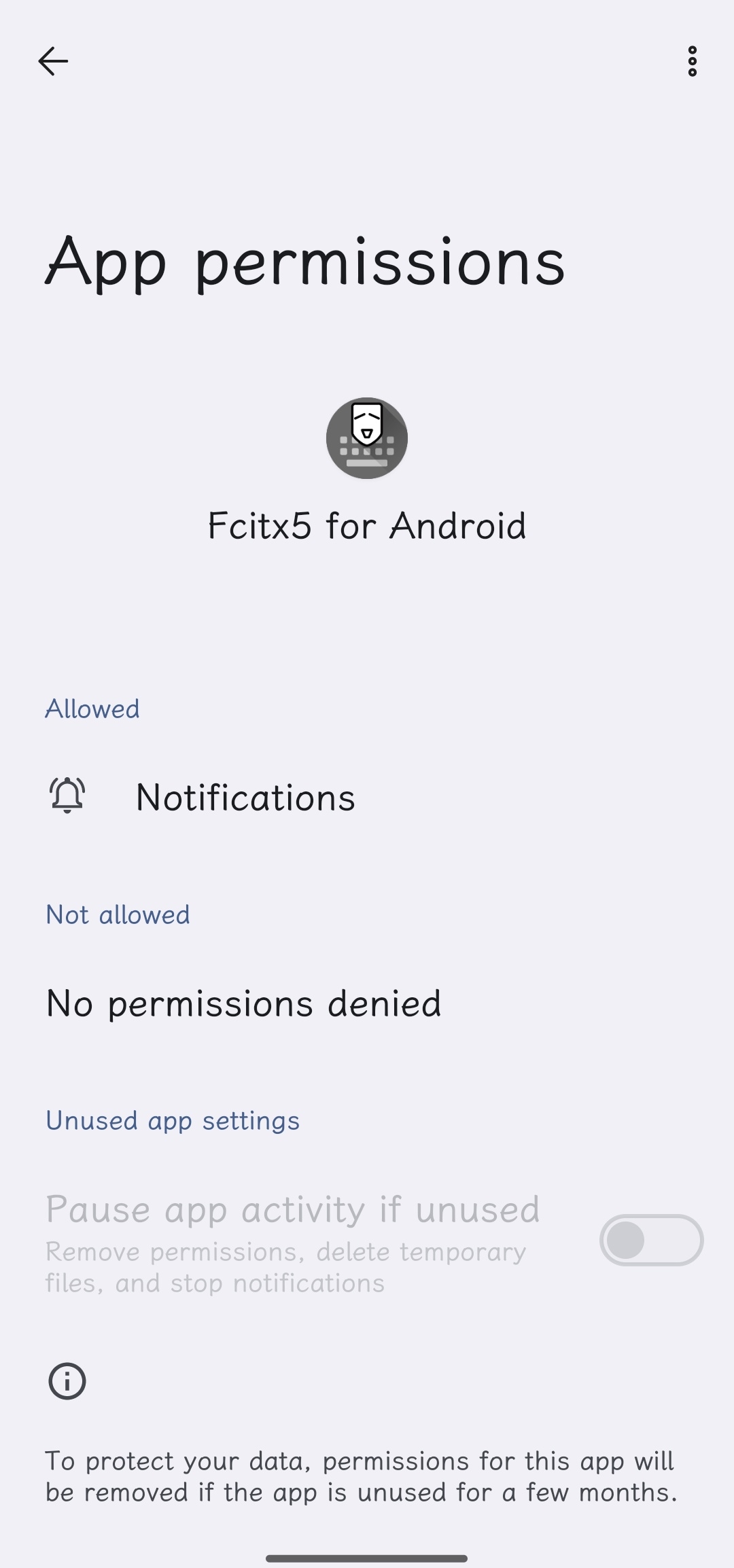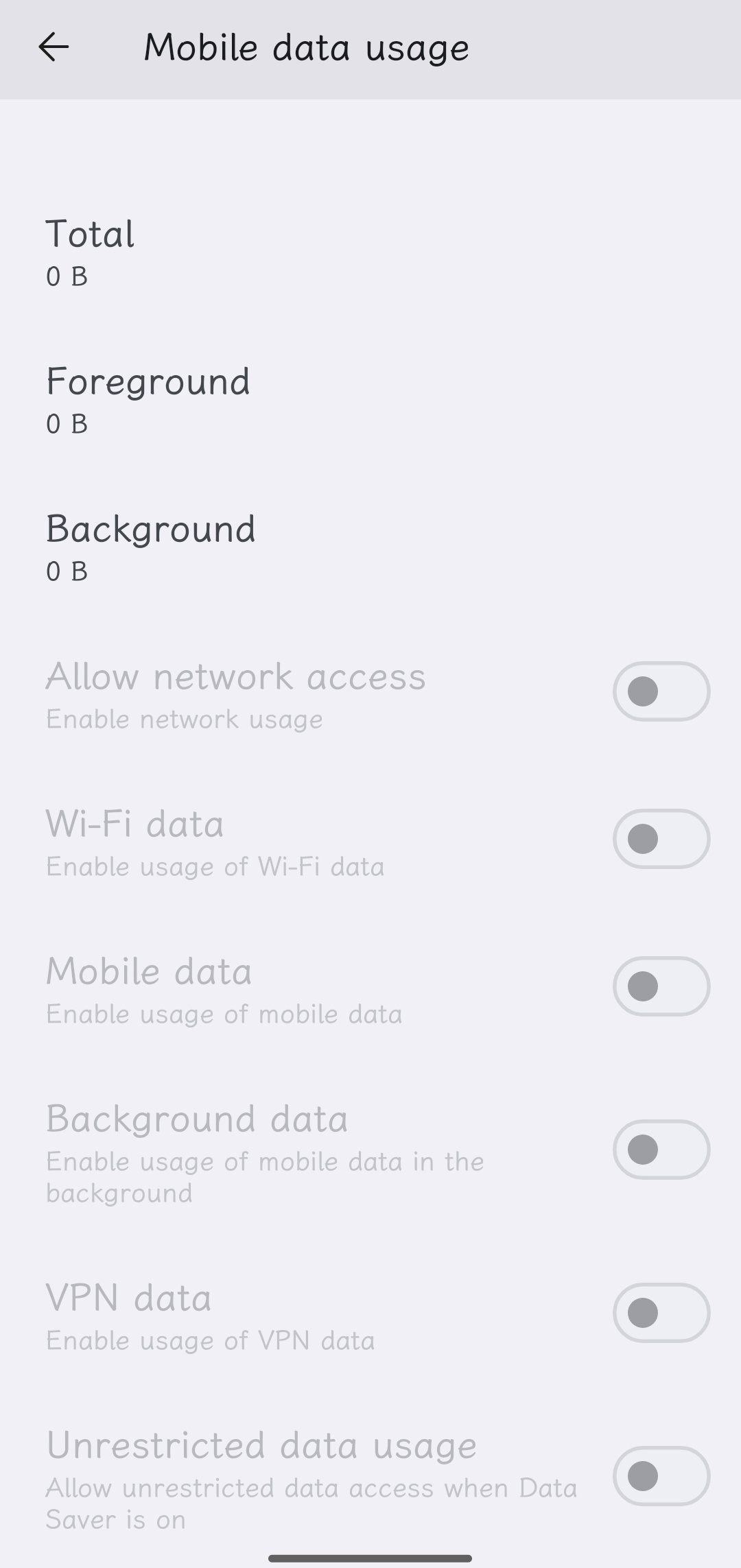

I want an open source mouse with electromagnetic resistance wheel like one in Logitech MX Master 3S.


I want an open source mouse with electromagnetic resistance wheel like one in Logitech MX Master 3S.


And snapshot can benefit backup. Since some software need to be shudown to do backup, minimize the down time is important. The snapshot can make down time is almost stop and restart time, and the software can be online again and we can do backup on snapshot in background.


https://esp32-open-mac.be/ is working on reverse engineering ESP32 Wi-Fi hardware to implement a open source ESP32 MAC and PHY driver.
For forecast, you can selfhost a Open-Meteo. But note this need a lot of RAM and storage to run the weather model.


HM-SMR works better than normal DM-SMR, but it’s rare and limit the filesystem choice: none on Windows and f2fs or btrfs on Linux.


Suggest use fsfreeze --freeze to block all access operation to create a stable image without unmount the SD card. (And release it later using fsfreeze --unfreeze.)
BTW, this feature was created by XFS and was moved to VFS in Linux 2.6.29 so all filesystems supported by Linux gained this feature.


Only GIMP can’t cover all usages of Photoshop well. For image editing, GIMP is a good replacement; for painting, Krita is better.


In anicent China, the writer and statesman Su Xun (蘇洵,苏洵) wrote a article named “On the Six Fallen States” (六國論, 六国论) about why the six states (韓、趙、魏、楚、燕、齊) were conquered by Qin (秦) during the Warring States period (戰國時代,战国时期)? The following is an excerpt from the relevant paragraph.
今日割五城,明日割十城,然后得一夕安寝。
One day five cities could be ceded, and on the next day, another ten cities could be surrendered just so that a certain person would have a single night of good sleep.
起视四境,而秦兵又至矣。
But in waking up and looking around, Qin troops again were approaching.
然则诸侯之地有限,暴秦之欲无厌,奉之弥繁,侵之愈急。
However, there was a limit to the available land of the lords and callous Qin’s avarice could never be satiated. The more there were giveaways, the more earnest Qin’s aggression would become.
故不战而强弱胜负已判矣。
So, even before going into battle, the odds-on-favorite and the most likely victor had already been decided.
至于颠覆,理固宜然。
As to the ultimate toppling, that was a forgone conclusion.
古人云:“以地事秦,犹抱薪救火,薪不尽,火不灭。”
Ancient people said: “Using land to serve Qin State would be like carrying firewood to put out fire. As long as there’s firewood left, the fire would not be extinguished.”
In ancient, the six states use land to serve Qin state; in modern, the people use money to serve the companies provide subscription. The more people who pay for a subscription, the more power they have over price increases and control over your data.


Will it work well with existed IME like Fcitx5? Or I can choose only one of them?
I see Qt Virtual Keyboard has their own InputMethod implementations, but I think it’s not a good idea to re-invent a new IME when there is no obvious advantage, because InputMethod is not a simple thing in some languages like Chinese and Japanese.
For example, libime, the core algorithm library of fcitx5-chinese-addons uses 47k SLOC to implement a good pinyin input method algorithm, even not count the Trigram language model, which is around 30MiB.
As a comparison, the pinyin algorithm of Qt Virtual Keyboard (it seems come from deprecated AOSP’s PinyinIME) uses only 8k SLOC. And PinyinIME was give up by AOSP since 2014, it never updates since that time (and no algorithm update since 2009). At 2018, Qt pull it into Qt Virtual Keyboard and never do actual algorithm optimization. So it has fallen away from the time.


and even without it, you’ll get 150mA @ 5V by default out of the USB 3 host upstream and up to 900mA with some pretty basic USB negotiation in a protocol that dates from USB 1.0
That’s wrong. With USB Type-C, you can get the power up to 3A @ 5V with just two 5.1kΩ resistor on CC pins.


It should be possible to switch to NCM by just flip a switch fron 0 (RNDIS) to 1 (NCM) via RRO (Runtime Resource Overlay), but adding new overlay require you have right to modify system image.


Oh. It’s great. But it seems there is only armv7a build on IzzyOnDroid repo while upstream has four architecture builds. cc @[email protected] Is it a misconfiguration on IzzyOnDroid side?


Without it, the program just fallback to UTC.
/etc/localtime and $TZ are two ways to specify timezone for programs. The program look up the later first, if it’s empty and then use /etc/localtime. In theory, $TZ has better performance because of the glibc will not look up the last modified time of /etc/localtime when every calling of localtime lookup.


IMAPSync is a great tool! It works perfect when migrate mails from one provider to another. In fact, some providers suggest users use this tool rather than implement migration feature by themselves. e.g. Migadu.


In my opinion, that’s because X11 lacks proper abstract for many things like screenshot, screencast, color managerment and etc, so the applications have to use many X11 implementation details to implement these features. It leads to high-coupling code with X11 so move their code to wayland and ensuring it works correctly and is consistent with the old behavior is difficult.


So use Fcitx 5 Android instead. It’s a open source IME application without requesting any permission except Notification, especially without network permission.
https://github.com/fcitx5-android/fcitx5-android


zsh, because of highly customizable.


It’s better to integrate Tree Style Tab addon instead. It’s not a good idea to re-implement a function which already has a great implementation…
Docker will set the default behavior of FORWARD chain to DROP, and then this make the home network of my friend off from the internet completely…
https://docs.docker.com/engine/network/packet-filtering-firewalls/#docker-on-a-router